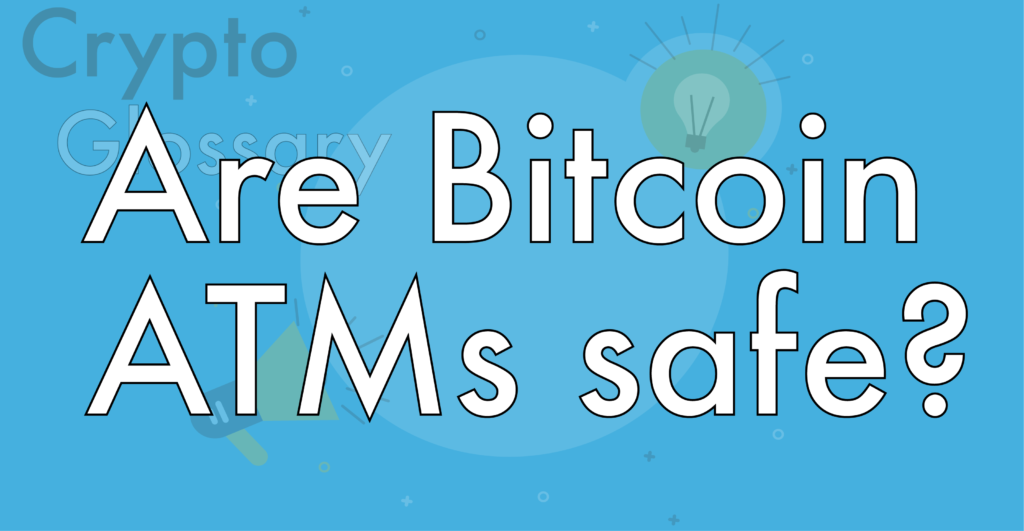Bitcoin STAMPS
Bitcoin STAMPS is a method for storing small pieces of data, like images or messages, directly on the Bitcoin blockchain. Once added, the data can’t be changed or deleted, making it a permanent and secure record that anyone can access
Table of contents
What is the Bitcoin STAMPS?
Bitcoin STAMPS (Secure Timestamps and Media Publishing Services) is a protocol that allows users to permanently embed small amounts of data, such as images or text, directly onto the Bitcoin blockchain.
By leveraging Bitcoin’s decentralized network, STAMPS offers a unique way to store and verify digital content immutably, ensuring that the data remains accessible and unalterable for as long as the Bitcoin blockchain exists.
How Bitcoin STAMPS Work
Bitcoin STAMPS utilizes Bitcoin’s OP_RETURN script to store small amounts of data, typically up to 80 bytes, directly on the blockchain. The data is compressed and encoded to fit within this space, and larger datasets can be spread across multiple transactions.
Once embedded, the data becomes immutable and permanent, as altering it would require majority network consensus. Users can retrieve and decode this data by querying Bitcoin transactions, ensuring access as long as the blockchain exists without needing external storage.
Use Cases for Bitcoin STAMPS
Bitcoin STAMPS open up a range of possibilities for securely embedding and timestamping data on the blockchain:
- Digital Art and NFTs: Artists and creators can use STAMPS to mint non-fungible tokens (NFTs) directly on the Bitcoin blockchain. Unlike traditional NFTs, which often rely on external servers to host the digital content, Bitcoin STAMPS store the content directly on the blockchain, ensuring its permanence and resistance to censorship.
- Document Verification: STAMPS can be used to embed and timestamp important documents or certificates, providing a tamper-proof record of their existence and content. This is particularly useful for legal contracts, academic certificates, or any document that requires long-term verification.
- Message and Communication: Small messages or pieces of information can be embedded in the blockchain as STAMPS, providing a way to communicate securely and permanently. This can be useful for sending immutable messages or creating a permanent record of important statements.
Challenges and Considerations
While Bitcoin STAMPS offer a novel way to use the Bitcoin blockchain, they also come with certain challenges:
- Scalability: Embedding data directly on the blockchain increases its size, which could lead to scalability issues over time. As more STAMPS are created, the blockchain will grow, potentially making it more difficult for nodes to store and process.
- Cost: Storing data on the Bitcoin blockchain is not cheap, as it requires paying transaction fees to miners. The cost can increase significantly for larger datasets, which may limit the practicality of using STAMPS for certain applications.
- Data Limitations: The amount of data that can be stored in a single STAMP is limited, requiring multiple transactions for larger files. This can increase complexity and costs, especially for those looking to store substantial amounts of data.
Conclusion
Bitcoin STAMPS represent an exciting development in the blockchain technology industry, offering a secure and immutable way to embed data directly onto the Bitcoin network. While there are challenges related to scalability and cost, the potential applications in digital art, document verification, and secure communication make Bitcoin STAMPS a promising tool for those looking to leverage the power of Bitcoin’s decentralization and immutability.
Browse the Paybis Glossary to master more Web3 lingo!
Alternatively, explore related terms and articles below.
Disclaimer: Don’t invest unless you’re prepared to lose all the money you invest. This is a high‑risk investment and you should not expect to be protected if something goes wrong. Take 2 mins to learn more at: https://go.payb.is/FCA-Info


